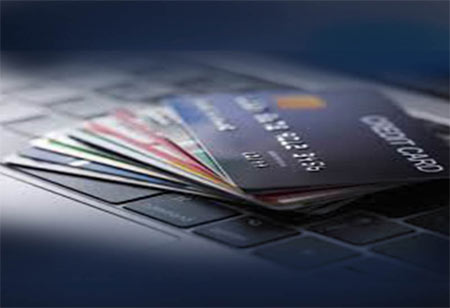THANK YOU FOR SUBSCRIBING

By
Banking CIO Outlook | Wednesday, February 19, 2025
Stay ahead of the industry with exclusive feature stories on the top companies, expert insights and the latest news delivered straight to your inbox. Subscribe today.
Mobile banking security employs biometrics, AI, and machine learning, with strict standards, user control, and regulatory compliance. It evolves to address new threats.
FREMONT, CA: Mobile banking has remodeled how individuals interact with financial systems, offering unparalleled convenience at their fingertips. However, with the increasing reliance on mobile banking, ensuring robust security has become paramount.
Biometric Authentication
One of the most prominent advancements in mobile banking security is the adoption of biometric authentication. Banks now leverage fingerprints, facial recognition, and even voice biometrics to offer users a more secure and convenient way to log in and authorize transactions. These unique identifiers are challenging to replicate, making unauthorized access significantly harder.
Multi-Factor Authentication (MFA)
Multi-factor authentication (MFA) has become a staple in securing mobile banking apps. By combining something the user knows (like a password), something the user has (such as a one-time password sent to their phone), and something the user is (biometric data), MFA exponentially raises the bar for potential attackers.
End-to-End Encryption
To safeguard sensitive information, banks employ end-to-end encryption. This method ensures that data is scrambled and can only be decoded by the intended recipient, preventing it from being intercepted during transmission. Encryption extends to all data types, including transactions, personal details, and communication between users and bank servers.
AI and Machine Learning for Fraud Detection
Artificial intelligence and machine learning are essential in monitoring real-time transactions. These technologies identify unusual patterns or behaviors, such as logins from unfamiliar devices or locations, and flag them for review. Banks can then swiftly prevent fraudulent activities before they escalate.
Secure Mobile App Development
Banks are investing heavily in secure app development practices. These practices involve regular vulnerability assessments, penetration testing, and adherence to industry security standards. Many banks also collaborate with cybersecurity experts to stay ahead of evolving threats.
Remote Logout and Session Expiry
To enhance security, banks provide features like remote logout and session expiry. These tools allow users to log out of sessions on other devices remotely, while automatic session expiration ensures that accounts are not left accessible on idle devices.
Tokenization
Tokenization is a method of replacing sensitive information, such as account numbers, with randomized tokens. These tokens are useless if intercepted, as they cannot be reverse-engineered to reveal account details.
Push Notification Alerts
Most banks now offer real-time push notifications for all transactions to keep users informed. These alerts enable users to spot any unauthorized activity immediately and take action, such as freezing their account or notifying the bank.
Security Awareness Campaigns
Beyond technological measures, banks also invest in educating their customers. Security awareness campaigns teach users the importance of not clicking on suspicious links, creating strong passwords, and avoiding public Wi-Fi networks for mobile banking.
Regulatory Compliance and Standards
Banks adhere to stringent regulatory requirements and industry standards such as PCI DSS (Payment Card Industry Data Security Standard) and GDPR (General Data Protection Regulation in Europe). These frameworks enforce robust data protection practices that benefit both users and institutions.
While banks implement sophisticated security measures, users play an equally vital role in maintaining security. They must adopt best practices, such as using unique passwords, keeping their devices updated, and being vigilant against phishing attempts.
Mobile banking security is a dynamic and ever-evolving field. Banks are at the forefront, deploying advanced technologies like biometric authentication, AI-driven fraud detection, and encryption to ensure the safety of their users. However, collaboration between financial institutions and customers will remain key to combating threats effectively. By staying informed and adopting proactive measures, banks and users can enjoy the benefits of mobile banking without compromising security.
THANK YOU FOR SUBSCRIBING
Be first to read the latest tech news, Industry Leader's Insights, and CIO interviews of medium and large enterprises exclusively from Banking CIO Outlook
I agree We use cookies on this website to enhance your user experience. By clicking any link on this page you are giving your consent for us to set cookies. More info



